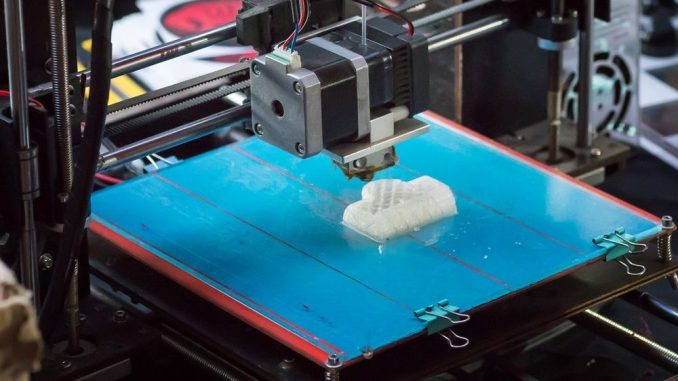
3D printing technology has revolutionized industries across the board, and the field of medicine is no exception. From personalized prosthetics to complex surgical tools, 3D printing has opened up new possibilities in healthcare. In this article, we will explore how 3D printing is transforming the medical field.
Customized Medical Devices
One of the most significant impacts of 3D printing in medicine is the ability to create customized medical devices. Traditional manufacturing processes are often limited in their ability to produce personalized devices, leading to generic solutions that may not fit individual patients’ needs. 3D printing allows for the creation of patient-specific implants and prosthetics that are tailored to each individual’s unique anatomy. This level of customization can improve patient outcomes and comfort, as well as reduce the risk of complications.
Complex Surgical Models
Another area where 3D printing is making a difference in medicine is in the creation of complex surgical models. Surgeons can use 3D-printed models of a patient’s anatomy to plan and practice intricate procedures before entering the operating room. These models provide a hands-on, tangible representation of the patient’s specific anatomy, allowing for more precise planning and potentially reducing surgical risks. Additionally, these models can be used to educate patients about their condition and the planned treatment, leading to better communication and understanding between patients and healthcare providers.
Drug Delivery Systems
3D printing is also being used to create innovative drug delivery systems. By using 3D printing technology, researchers can design and produce drug delivery devices that are tailored to the specific needs of individual patients. This level of customization can improve the effectiveness of drug therapies while minimizing side effects. For example, 3D-printed pills can be designed to release medication at a controlled rate, providing a more consistent and efficient treatment for patients with chronic conditions.
Organ and Tissue Replacement
One of the most exciting applications of 3D printing in medicine is in the field of organ and tissue replacement. Researchers are working on developing bioprinting techniques that can create functional tissues and organs using a patient’s own cells. This technology has the potential to revolutionize organ transplantation by eliminating the need for donors and reducing the risk of rejection. While this technology is still in its early stages, the possibilities it presents for the future of medicine are truly groundbreaking.
Challenges and Opportunities
While 3D printing offers exciting possibilities for transforming medicine, there are also challenges that need to be addressed. Regulatory hurdles, quality control issues, and ethical considerations are just a few of the factors that researchers and healthcare providers need to navigate when incorporating 3D printing into medical practice. However, the potential benefits of 3D printing in healthcare far outweigh the challenges, and the industry is poised for continued growth and innovation in the coming years.
Conclusion
3D printing is reshaping the landscape of medicine in ways that were once thought to be impossible. From customized medical devices to complex surgical models, 3D printing is providing new tools and solutions for healthcare providers and patients alike. As researchers continue to push the boundaries of this technology, the future of medicine looks brighter than ever before.
For more information on how 3D printing is transforming medicine, stay tuned to the latest developments in the field.
